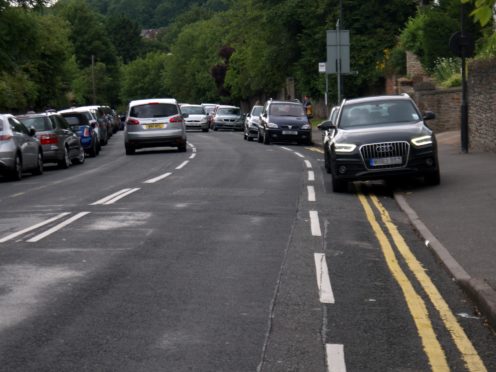At the start of this century, Memphis USA was near the top of every negative chart index: obesity, violent crime, poverty and poor education. It was also voted as one of the country’s worst cities for cycling. Then in 2010, the 6.7 mile Greenline was opened.
Local government considered it a frivolous use of public money, but Mayor AC Wharton pushed forward and instead of being the disaster that many touted, it became a huge success, regenerating a city, improving health, uniting communities and opening new businesses. Local government in Memphis now actively invest in cycling infrastructure and have found that it is the foundation to new developments such as housing, shopping and jobs.
For many people, the idea of a bike lane is a token gesture line of paint alongside a road that aims to segregate cyclists from motorised vehicles.
Certainly, I would doubt that the regeneration of a city is at the forefront of planners’ minds when they send council workers out, armed with their pot of paint.
Generally, they are poorly planned, delivered and maintained and there is no forethought as to what their purpose is trying to achieve, other than assuage drivers who want cyclists out of their way and cyclists who feel threatened by busy roads.
On both counts they unanimously fail. However, despite this, contrary to what it may seem, I am a fan of bike lanes. As has been demonstrated in Memphis and many other cities around the world, they are part of making cycling a feasible choice for transportation, travel and leisure and, if you have read this column before, you will know I am a devout believer that cycling can change lives.
The Courier recently reported that Karen Reid, the chief executive of Perth and Kinross Council, is backing a bid to win half a million pounds from Sustrans to transform key routes in and out of Perth.
Dundee and Angus are also bidding, alongside six other authorities. Karen herself is a regular cyclist and recognises the common positives for promoting active travel – sustainability, health and so on, but also highlights that travel on a bike gives a “completely different perspective to driving a car.”
For me that viewpoint is a fundamental area that we need to address. We must focus on promoting the fact that a well thought out cycling infrastructure will benefit communities and business and counter current “what use is that to me” and the erroneous “cyclists should pay road tax” attitudes.
Such notions are ill-informed, but are pervasive perceptions that building a cycling-friendly network in urban areas is pandering to a minority.
In Memphis, shops on the route of the Greenline started to report an increase in business. People who now cycled locally but had previously driven along streets in cars, started to notice and patronise business – one gallery owner said: “We started having people stop and ask how long we’d been there,”
They had never noticed the businesses along the street as they were always driving so fast. Empty properties along the route, previously boarded up for years, started to open as commerce flourished and residential properties values increased.
There needs to be a fundamental shift in perceptions of what cycling and its associated infrastructure in a city and suburbs can achieve. Whether the funding from Sustrans is awarded to Dundee, Angus, or Perth and Kinross, or another of the local authorities is a moot point.
With or without funding local authorities should be planning for and actively funding cycling projects that regenerate their communities, promote commerce and support the health and well-being of its citizens.
They must engage with business and look beyond the usual developments planned for cycling as part of an active travel scheme. Many of the public comments online at the Active Perth Proposals are from members of the public fearing the worst. Perth and Kinross Council’s responses have been considered and informed and point towards a wider appreciation of the concerns, issues and ultimately final goal of the project.
A sustainable and properly considered plan of active travel is at the heart of that goal with cycling a key component.
No longer can a few lines of paint on the road be considered a way forward. Our communities deserve better and cycling is one of the keys to a brighter future.
Have your say: Details of Perth and Kinross Council’s plans can be found at their “Active Perth Proposal” website: https://activeperthproposals.commonplace.is/
Get Involved: Many local communities around Courier Country have small development groups working on projects, such as cycle routes, to benefit their community. One way of getting involved is to volunteer with your local group and have your say on the future of your community.










